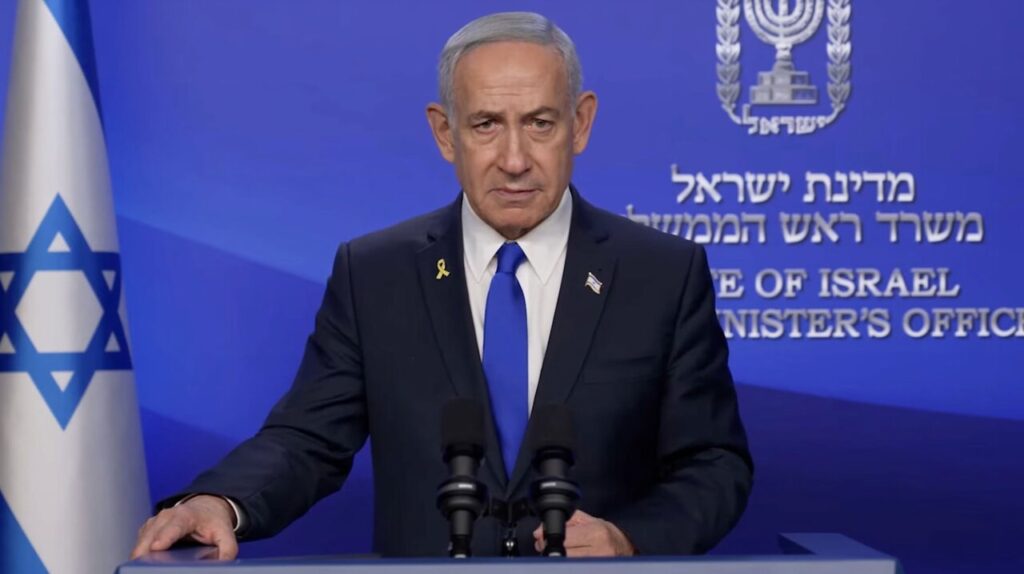BEIJING – Israeli airstrikes against Iran early on Friday are not merely military provocations, but signs of strategic despair.
The strike, launched amid escalating tensions in the region, reflects Tel Aviv’s struggle to maintain rapidly changing Western Asia’s dominance in favor of resistance. Iran has already demonstrated the capabilities of missiles and drones in past conflicts, but is now beginning to provide a powerful, measured response that can redefine the balance of power.
The first report of the attack came from Tehran, and soon followed by a cascade of explosions in several provinces. Social media footage shows widespread damage to private neighbours that highlight the indiscriminate nature of aggression. Israel later argued for responsibility and targeted sites in Natanz, Koramabad, Kondab and other local areas. The Israeli army was called the strike operation “Risingulion.”
This act of unprovoked attack lies in increasingly hostile rhetoric from Israeli leaders, including Prime Minister Benjamin Netanyahu. Secretary of State Marco Rubio has kept Washington away from strike and called it a “unilateral action,” but believes that observers across the region could not have happened in indirect negotiations, particularly between Tehran and Washington, without implicitly supporting US support.
In addition to structural damage, the Israeli attack reportedly killed several Iranian soldiers. Iran has pledged a strong response, making it clear that such provocations are unanswered.
This latest strike follows a well-documented pattern of Israeli hostility. On April 1, 2024, Israeli fighter jets killed an Iranian military adviser in Syria. This is an advisor deployed at the formal request of former Syrian President Bashar al-Assad to combat internationally recognized terrorist groups such as ISIS. In response, Iran launched more than 300 Israeli military targets, what they called “Operation True Promise.”
The operation was a strategic success. As reported by The New York Times, “After it became clear that Iran would be retaliating, US and Israeli officials initially thought the scale of the response was rather limited before rushing to revise their ratings multiple times.” Their miscalculation highlighted both the underestimated strength of Iran’s deterrence and the failure of Israeli intelligence report.
At the time, Brigadier General Zvika Haimovic, former commander of Israeli Air Defense, confirmed that Iran is now a “superpower of tactical ballistic missiles and UAVs.” Former US diplomat Chas Freeman reflected this view, “It appears that at the main southern bases they attacked, they were able to achieve a very extraordinary level of accuracy.” Freeman said, “Iran managed to panic the Israeli population… If they choose to do so, they can overwhelm Israel’s defenses, and Israel cannot defend itself without the active participation of the US, UK, France, and in this case Jordan.”
Iran’s October 2024 follow-up – “Operation True Promise II” – further demonstrated its escalating capabilities. In response to the assassination of regional leaders, including Ismail Hanie of Hamas, Said Hassan Nasrara of Hezbollah and Commander Irgek of Iran’s Abbas Nilforu faction, Iran has launched 200 missiles at Israel’s leading military and intelligence station bases. Each strike sent a clear message. Tehran will no longer tolerate unidentified aggression.
Operation True Promise I and II shook the foundations of Israel’s strategic thinking. These campaigns exposed Israel’s vulnerability and dismantled its long-standing myth of military invincibility.
Friday’s attack once again sparked regional forces that have already shown they can attack with unprecedented accuracy. Iran’s resolve is more clear than ever. And each response further distantly moves the regional balance from Israel’s immunity.
Israel plays on fire, ignoring repeated violations of international law and civilian life. As resistance grows and regional partnerships grow, Israel feels more and more isolated.

